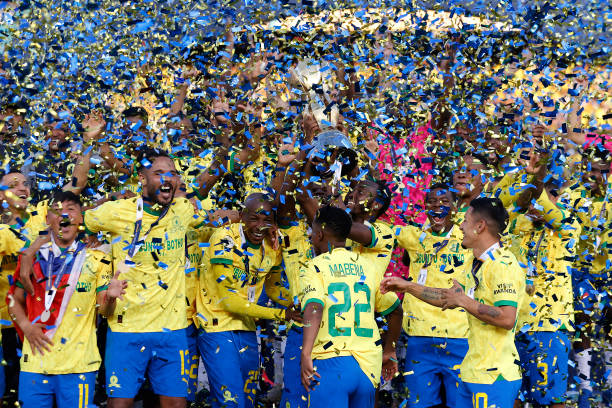
The CAF Champions League and UEFA Champions League are the most prestigious club competitions in Africa and Europe, respectively. While both tournaments serve as the ultimate stage for domestic league champions to compete for continental glory, they differ in several aspects, including format, financial power, level of competition, and global appeal.
In this article, we explore the key differences between the CAF Champions League and the UEFA Champions League, shedding light on what makes each tournament unique.
1. Competition Format and Qualification Process
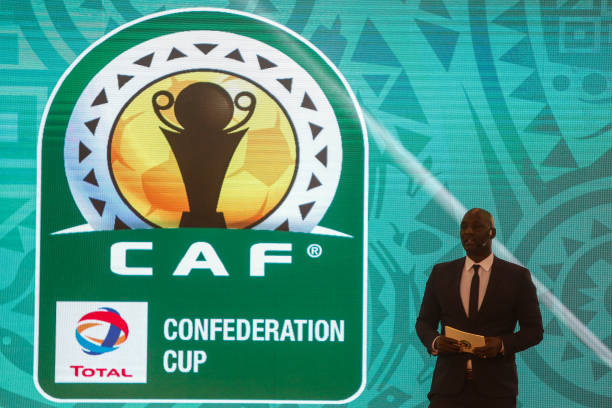
CAF Champions League Format
The CAF Champions League consists of multiple qualifying rounds before the group stage. Here’s how teams progress:
- Preliminary Rounds: Clubs from lower-ranked leagues begin in the early rounds, playing two-legged knockout ties.
- Group Stage: 16 teams qualify for the group stage, divided into four groups of four teams each. The top two teams from each group advance to the quarter-finals.
- Knockout Rounds: The tournament follows a two-legged knockout format, with home-and-away ties in the quarter-finals, semi-finals, and final.
Since the 2023-24 season, CAF has introduced a single-leg final, similar to UEFA’s model, to enhance the competition’s excitement.
UEFA Champions League Format
The UEFA Champions League has a more extensive qualification process due to Europe’s higher number of top leagues.
- Qualification Rounds: Lower-ranked league winners and non-champions from top leagues enter the qualification phase.
- Group Stage: 32 teams are divided into eight groups of four teams. The top two teams from each group advance to the Round of 16.
- Knockout Rounds: Unlike CAF’s two-legged final format (before 2023), UEFA has used a single-match final since 1998 to determine the winner.
From the 2024-25 season, UEFA introduced a Swiss Model format, increasing the group stage teams to 36 and revamping the competition structure.
2. Financial Differences and Prize Money
One of the most significant differences between the CAF and UEFA Champions League is the financial disparity.
CAF Champions League Prize Money
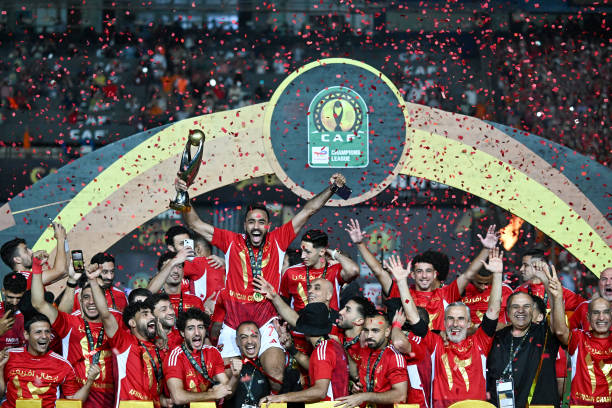
The financial rewards in the CAF Champions League are significantly lower than in UEFA’s tournament. The 2023 CAF Champions League prize money breakdown is:
- Winner: $4 million
- Runner-up: $2 million
- Semi-finalists: $1.2 million each
- Quarter-finalists: $900,000 each
For comparison, Manchester City earned around $85 million for winning the 2022-23 UEFA Champions League, while Al Ahly (CAF Champions League winners) earned just $4 million.
UEFA Champions League Prize Money
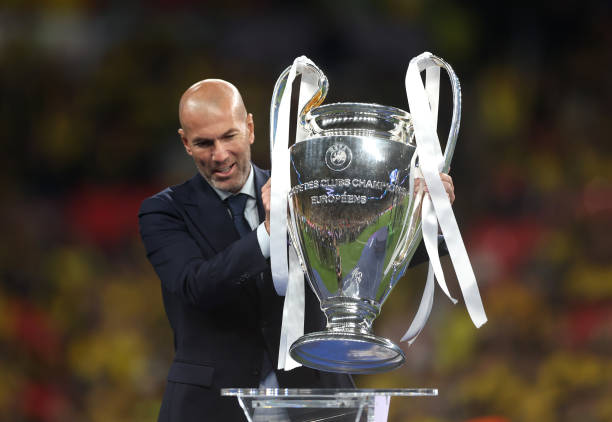
UEFA’s lucrative prize pool is fuelled by massive TV rights deals, sponsorships, and commercial revenue. The 2022-23 UEFA Champions League prize money was:
- Winner: $85 million
- Runner-up: $50 million
- Semi-finalists: $42 million each
- Group Stage Qualification: $18 million per team
This financial strength allows European clubs to attract top talents, making the competition highly competitive compared to CAF’s tournament.
3. Level of Competition and Global Prestige
CAF Champions League Competitiveness
While the CAF Champions League features talented clubs, it lacks the depth of elite teams that UEFA has. The tournament has been historically dominated by North African clubs, such as
- Al Ahly (Egypt)—11-time winners (most successful team in CAF history)
- Zamalek (Egypt) – 5 titles
- Espérance de Tunis (Tunisia) – 4 titles
- Raja Casablanca (Morocco) – 4 titles
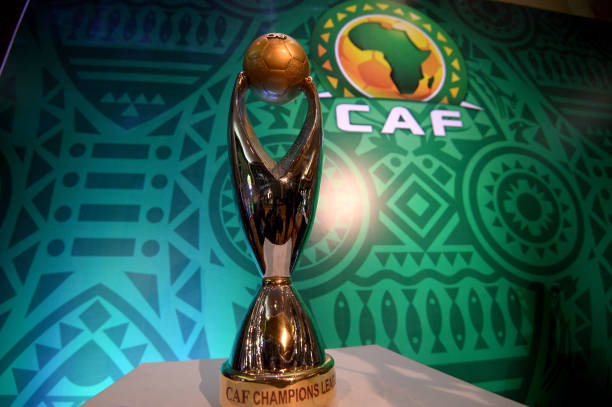
These teams frequently reach the latter stages, highlighting a lack of diversity in winners compared to UEFA. However, the competition remains fierce, with clubs from Sub-Saharan Africa like Mamelodi Sundowns (South Africa) and TP Mazembe (DR Congo) also making strong challenges.
UEFA Champions League Competitiveness
The UEFA Champions League is home to the biggest clubs in world football. Powerhouses such as Real Madrid, Barcelona, Bayern Munich, and Manchester United consistently compete at the highest level. Unlike CAF, UEFA sees multiple league champions battling for supremacy, ensuring unpredictability and variety in winners.
Another key factor is player quality—UEFA teams attract the best players from around the world, making the tournament the pinnacle of club football.
4. Stadiums and Infrastructure
Another noticeable difference between the two competitions is the stadium quality and infrastructure.
CAF Champions League Infrastructure Challenges
Many African teams struggle with poor stadium facilities, inadequate training grounds, and inconsistent pitch quality. Some clubs even have to relocate their home games due to their stadiums not meeting CAF’s standards. For instance:
- Morocco has hosted ‘home’ games for several African teams whose stadiums were deemed unfit.
- Power cuts, pitch invasions, and poor officiating have also been issues.
CHECK OUT TOP 3 FREE BETTING PREDICTION SITES
Accuratepredict.com Soccerpredictions.net Betloy.com
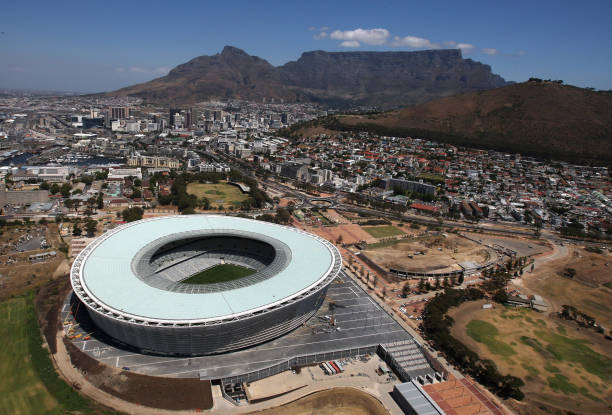
UEFA Champions League State-of-the-Art Facilities
European clubs play in some of the world’s best stadiums, such as:
- Santiago Bernabéu (Real Madrid, Spain)
- Old Trafford (Manchester United, England)
- Allianz Arena (Bayern Munich, Germany)
These venues meet strict UEFA regulations, ensuring a world-class experience for fans and players.
5. Broadcasting and Global Audience
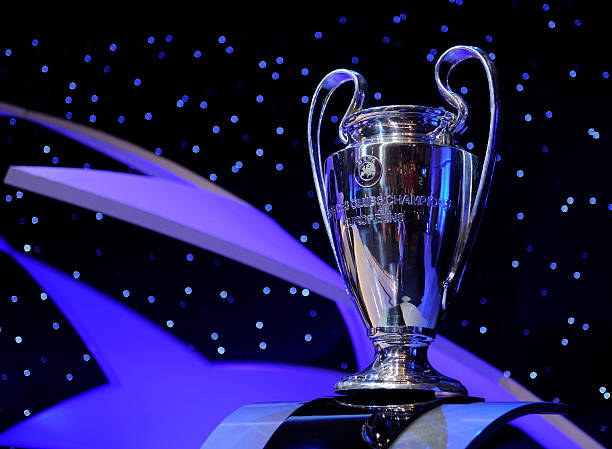
The UEFA Champions League is one of the most-watched sporting events in the world. The 2022 UCL final between Real Madrid and Liverpool attracted over 700 million viewers globally.
In contrast, the CAF Champions League struggles with broadcasting issues, with limited global TV deals. Fans outside Africa often rely on online streams, and some matches aren’t widely available. CAF has been working to improve media coverage, but the gap remains wide.
Conclusion
While both the CAF Champions League and UEFA Champions League represent the pinnacle of club football in their respective continents, the differences in format, financial power, competition level, stadiums, and global reach are stark.
UEFA’s financial advantage, global appeal, and infrastructure make it the most prestigious club competition in the world. Meanwhile, CAF’s tournament is improving, but limited resources and lack of international exposure remain key challenges.
SUGGESTED FOR YOU
Morocco Gears Up for AFCON 2025 with High-Profile Friendlies, Eyes Clash Against Nigeria
Despite these differences, the CAF Champions League continues to showcase Africa’s finest football talents, and with better investment and TV rights deals, it could one day grow to rival its European counterpart.









